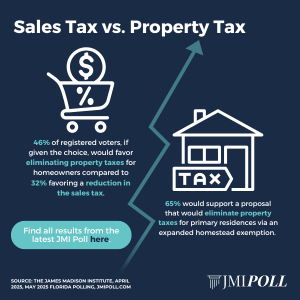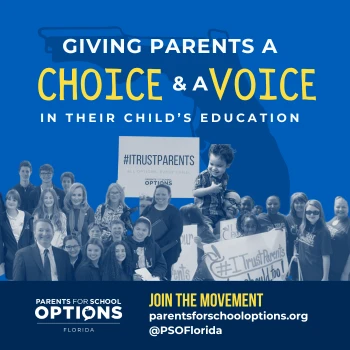Even before the COVID-19 pandemic, the world had become increasingly reliant on a strong internet connection: homeschooling, online shopping, and keeping up with loved ones across the country on live video chat was increasingly commonplace. We all can relate to the frustration of a browser not loading or the feeling of helplessness when we find ourselves in an internet dead zone. Now more than ever, our communities depend on connectivity.
Fast, reliable internet is one of the most effective ways to build up communities so that they stay connected, encourage economic growth, power households, and support schools. And the future of internet connectivity will be fueled by fiber broadband.
Our rural communities have the chance now to pursue a partnership with a fiber broadband leader, investing in a strong, fast, and reliable internet connection. Our rural community leaders must be forward-looking and bring fiber broadband to rural Florida.
Fiber broadband will allow our communities to create sustainable connections for many years to come. Fiber meets the needs of education and work that is increasingly virtual—proven by the last 18 months of the pandemic—and supports economic development for rural and urban communities alike.
A fiber broadband internet connection also meets the varying needs and experiences of different users. Unlike fixed wireless, fiber broadband allows for bandwidth to be scaled, meaning the needs of everyone from local families to bustling businesses are met. As our communities grow, fiber broadband is ready to help grow their connections with each other and with other communities. Whether you are searching the internet for new recipes, relying on the service to power your small business, or live streaming to a large virtual audience, fiber broadband has you covered.
Fiber can also accommodate different parts of the country, as user experiences tend to differ by geographic location. It’s less susceptible to performance deterioration from usage, distance, or climate conditions. Moreover, fiber broadband is the most reliable rural broadband service, with less susceptibility to outages or service problems from weather events or distance from main connection hubs—a rainstorm, for example, won’t knock out a fiber internet connection the way it does with copper cables. Our rural community members who experience strong storms—and those who just use technology more—will have reliable internet access with a fiber connection.
A slow internet connection doesn’t just keep us from having a smooth conversation with our loved ones who are far away. Research has shown that slow Wi-Fi connections cost employees one week of productivity per year. Fiber broadband maximizes efficiencies so that businesses can run smoothly. It supports consistently fast speeds: over forty times the current standard. Fiber is simply the fastest available broadband technology; other options like fixed wireless can’t offer the same kinds of speeds. Fiber literally works at the speed of light, much faster than electricity or radio waves. This is vitally important because according to some estimates, average household broadband requirements could as much as triple over the next decade.
I urge our rural community leaders in Florida to invest in fiber broadband internet. Fiber is clearly a better value through reduced maintenance costs, a lower 30-year cost of ownership, and, because its capacity is limitless, it won’t need to be replaced in the future. It will allow employees, business owners, students, and families to reach their maximum potential. Most importantly, fiber broadband will allow younger generations to pursue their interests and aspirations, creating a more promising future for everyone.
 Maurice Langston is the chairman of the Florida Council for Safe Communities
Maurice Langston is the chairman of the Florida Council for Safe Communities













